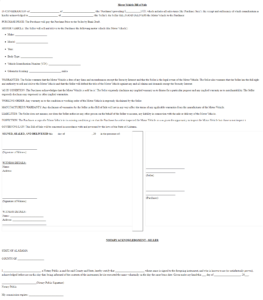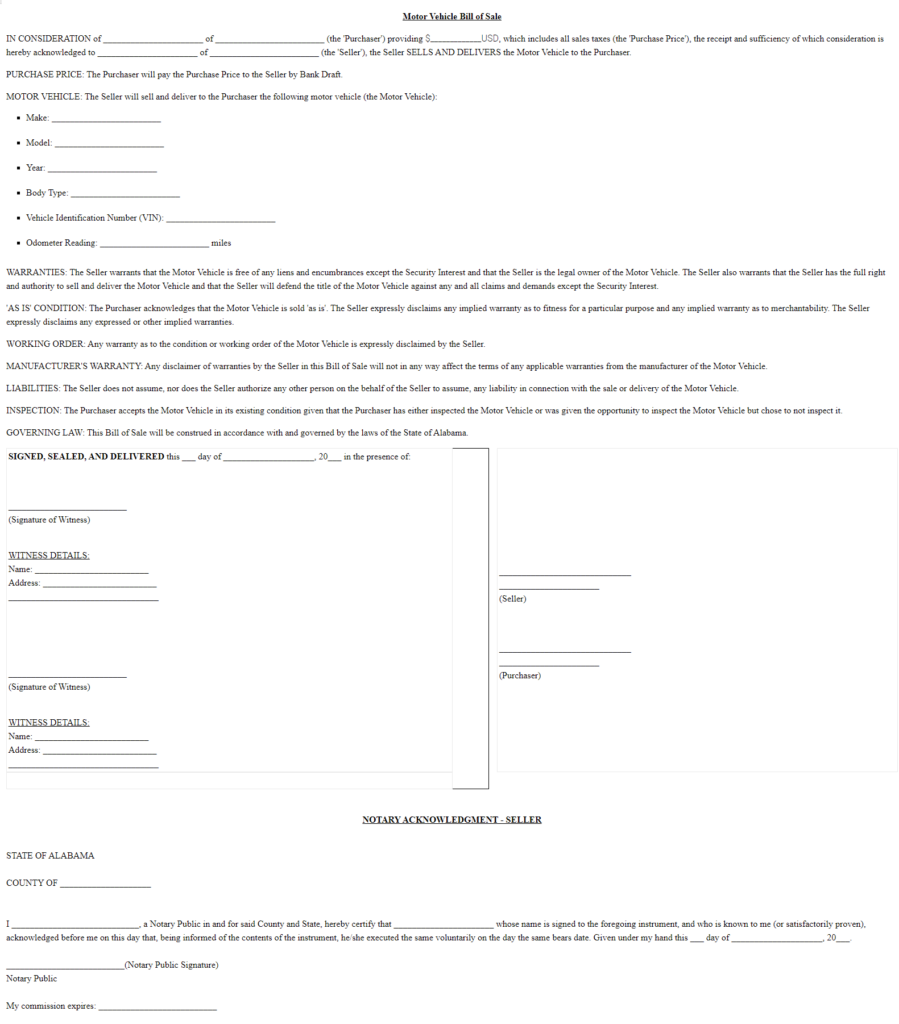How Does the Quitclaim Deed in Texas Work?
Planning to give up the rights you currently have in a piece of real property? Get a quitclaim deed in Texas. This deed is the instrument that will give the new property owner whichever interests you currently own in the property. For this transfer, the deed should be signed by the property owner (grantor) then delivered to the recipient of the property rights (grantor). This deed is super-efficient which is why the document is mistakenly called a quick claim deed. The alternative name of a quitclaim is either a quitclaim deed form, a non-warranty deed, or quitclaim.
-
Common uses of quit claims form
-
-
To transfer property rights to a family member of a spouse as a gift
-
To transfer property to your ex-spouse after a divorce
-
To change the ownership of marital property
-
To transfer property into a trust
-
To transfer property to a business entity, LLC or Corporation
-
To add someone to a deed
-
To remove/ clear clouds on a title
-
Now that we know what you can use the quitclaim for, how does this deed work?
The inner workings of a quitclaim deed
A quitclaim deed in Texas is state specific, and it will release the interests in property held by the grantor to the grantee. But as this happens, the grantor, who also signs the deed doesn’t provide any guarantees on whether they have actual and legal property rights to that property or not. This deed also comes without any warranties on the title.
Despite this absence of a warranty, the quitclaims are the most popular real estate deed, and it can be used easily without any problems when the persons or entities involved trust each other. This is often the case because a grantor, for example, a parent, knows about the history of the land and any issues with the title. So, when it’s signed, the grantee knows what they are getting into.
Quitclaim Issues
As mentioned above, a quitclaim is also called a non-warranty deed. The reason for this is that despite the validity of the deed in the state of Texas, the quitclaim comes with issues relating to the title insurance. The title companies raise eyebrows whenever someone looks for title insurance because if the quitclaim is not recorded, it remains binding on subsequent purchasers who do not pay a consideration that is considered valuable. The title companies believe that the quitclaims issued without any valuable consideration are risky and subject to prior conveyances.
The relationship between quitclaims and warranty deeds
The main difference between a quitclaim and a warranty deed is that one offers a warranty on title and the other doesn’t. In this case, a quitclaim offers no warranties on title meaning that the grantee cannot seek legal recourse against the grantor if the title is defective. However, the warranty deed protects the grantee because the grantor has to certify that the property under conveyance belongs to them, legally and that the title is clear. In a limited warranty deed, the grantor guarantees the title as clean, to the best of their knowledge (only during the time they owned the property).
Because of these issues, most attorneys advice their clients against the use of the quitclaim.
What is a warranty on title?
A warranty on title is the legal guarantee from a transferor to a transferee noting indicating that the issued title has no title issues. Title issues are common with quitclaims and are often uncovered when a title search is run. The most common title issues include public records errors, unknown liens against the property, forged title, undisclosed encumbrances, boundary disputes, and unprobated wills, among others.
In short, when you use the quitclaim deed, you should know that the deed doesn’t establish any property title in the person that holds the deed, it only passes the interests held by the grantor at the time of the conveyance.
What makes a valid quitclaim in Texas?
When preparing the deed, you need to make sure that it doesn’t use words like grant, bargain or sell. It should, however, use words such as quitclaim or release.
-
But before you get here, you need first to download a free Texas quitclaim deed form online. The best of these forms are state-specific and available in a printable PDF format. Once you have your form, ensure it has the following details:
-
-
The signature, mailing address and the marital status of the grantor
-
The mailing address, full legal name, marital status, and the vesting of the grantee. If this information is missing from the deed, you will face a penalty
-
The deed also needs to meet the requirements and formatting requirements set by the county where the property is located
-
Next, record the deed. The recording of the deed is important because, without it, an unrecorded quitclaim only binds the two parties involved and their heirs, as well as subsequent purchasers who acquire rights to the property without paying any valuable consideration. An unrecorded quitclaim doesn’t, however, bind successive bona fide purchasers who pay a valuable consideration. To avoid loss of rights to property to someone who pays the full value of the property, it is important to record and have the quitclaim acknowledged.
-
If a quitclaim is recorded property, the appropriate county will be tasked with providing notice of the deed’s existence to the public, where the deed will be subjected to an inspection by the public.
-
Our free quitclaim deed forms are available for download to anyone interested in Dallas, San Antonio, Houston, Austin, Arlington, El Paso and every other city in Texas. Get yours here today.
Search tags: blank quit claim deed form Texas pdf, free printable blank quit claim deed form Texas, state of Texas quick quit claim deed form sample, download Texas quit claim deed form example template
Sample
Bill of Sale
Personalize your Bill of Sale template.
Print or download in minutes.


